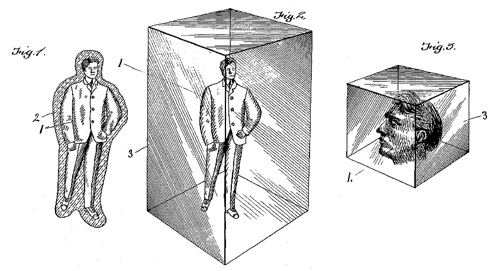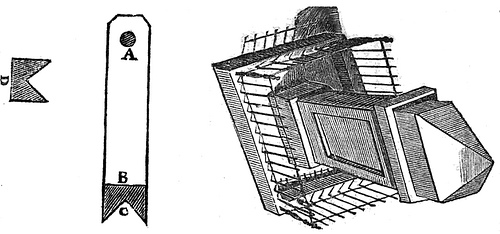In 1776 an unfortunate woman was found sheltering under a haystack in Bourton, near Bristol. By day she would seek charity from the local people, but at night she would always return to the haystack, saying only that “trouble and misery dwelt in houses.”
Curiously, she appeared well bred and accustomed to good society. Hannah More, who took up her cause, found her “handsome, young, interesting, enough Mistress of her reason carefully to shut up from our observation every avenue that might lead to her secret.”
More published “A Tale of Real Woe” in the St. James’s Chronicle in 1785, offering what little she had been able to learn about the woman: “that her Father was a German, her Mother an Italian; that she has one brother and one Sister; that her father had a very fine garden full of olive and orange Trees.”
Rumors abounded that “Louisa” was an illegitimate daughter of Francis I, emperor of Austria, and thus a half-sister to Marie Antoinette, but these have never been substantiated. Whoever she was, the woman spent the next 16 years in a succession of hospitals, never giving her identity, and when she died in 1801, she took her secret with her.



